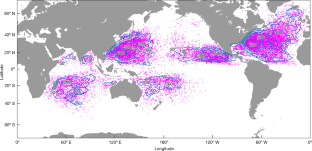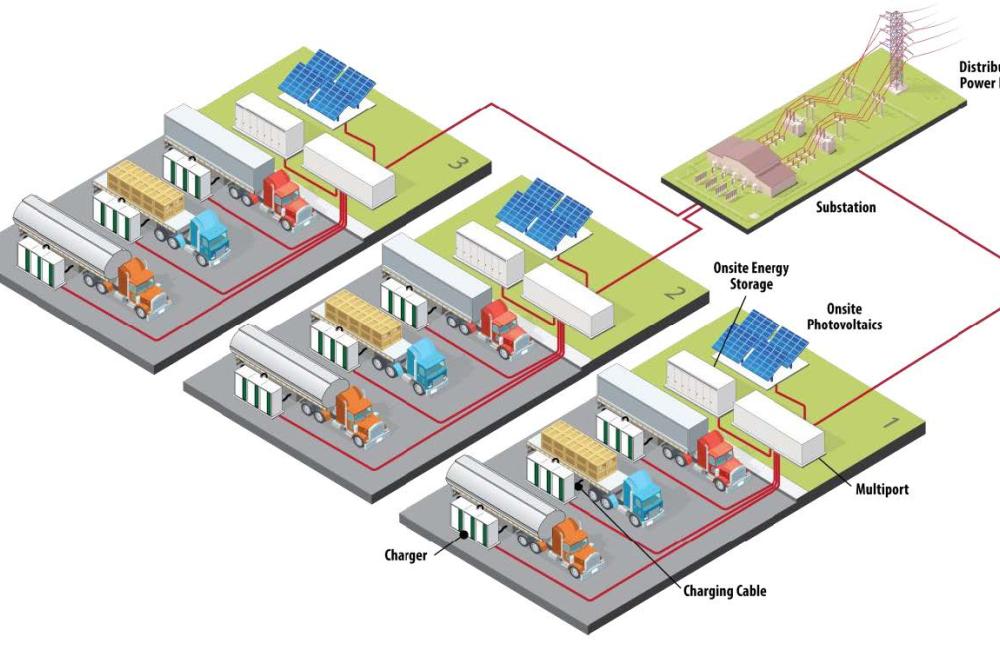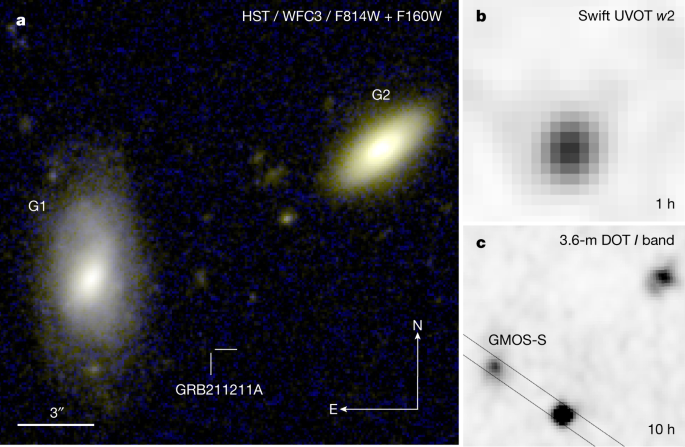スクリップス海洋研究所が開発した海洋漂流物データを用いて30年間のトレンドを発見。 Researchers use Scripps-developed ocean drifter data to spot 30-year trend
2022-12-07 カリフォルニア大学サンディエゴ校(UCSD)
カリフォルニア大学サンディエゴ校スクリップス海洋学研究所の気候科学者らは、数十年にわたって収集した海流データを用いて、サイクロンの強度を推定する新しい方法を開発した。
その結果、北大西洋と北太平洋中東部でハリケーンと呼ばれる熱帯低気圧の強度が、1991年から2020年にかけて増加していることが確認された。この観測の鍵となったのは、NOAAのグローバル・ドリフター・プログラムでスクリプス大学が開発した観測機器で、最も強いサイクロンが発生したときでも表層付近の海の状態を記録し、嵐のときに海の表層がどのように動くかを理解することができます。
科学者たちは、地球温暖化の結果としてサイクロンが強まることを予想していますが、世界の多くの場所で、サイクロンの正確な現地観測とその強さの予測を行うことは困難でした。
1980年代にスクリプス大学の科学者が開発した「グローバル・ドリフター・プログラム」で使用されている観測機器は、海面から15メートル(49フィート)以内の水の動きと温度を観測するものである。研究者たちは、熱帯地方でサイクロンが発生したときの流れの速度と方向を記録した。そこから、研究期間中の各年について、嵐の目に対する流速のマップを作成した。
そして、現在の風速から、かつてどの程度の風速があったかを推定した。その結果、風速は15〜21%増加したと結論づけた。研究チームは、ドリフターデータの数から、熱帯低気圧、カテゴリー1ハリケーン、台風に焦点を当てました。十分なデータが存在する北西太平洋上では、1991年から2020年の間に、カテゴリー2〜5の台風が10〜15%強まったと報告している。
この研究結果は、11月17日付の英科学誌「Nature」に掲載された。
<関連情報>
- https://today.ucsd.edu/story/study-of-ocean-currents-reveal-intensification-of-tropical-cyclones-around-the-world
- https://www.nature.com/articles/s41586-022-05326-4
海流が示す、弱い熱帯低気圧の地球規模での強まり Ocean currents show global intensification of weak tropical cyclones
Guihua Wang,Lingwei Wu,Wei Mei & Shang-Ping Xie
Nature Published:16 November 2022
DOI:https://doi.org/10.1038/s41586-022-05326-4

Abstract
Theory1 and numerical modelling2 suggest that tropical cyclones (TCs) will strengthen with rising ocean temperatures. Even though models have reached broad agreement on projected TC intensification3,4,5, observed trends in TC intensity remain inconclusive and under active debate6,7,8,9,10 in all ocean basins except the North Atlantic, where aircraft reconnaissance data greatly reduce uncertainties11. The conventional satellite-based estimates are not accurate enough to ascertain the trend in TC intensity6,11, suffering from contamination by heavy rain, clouds, breaking waves and spray12. Here we show that weak TCs (that is, tropical storms to category-1 TCs based on the Saffir–Simpson scale) have intensified in all ocean basins during the period 1991–2020, based on huge amounts of highly accurate ocean current data derived from surface drifters. These drifters have submerged ‘holy sock’ drogues at 15 m depth to reduce biases induced by processes at the air–sea interface and thereby accurately measure near-surface currents, even under the most destructive TCs. The ocean current speeds show a robust upward trend of ~4.0 cm s−1 per decade globally, corresponding to a positive trend of 1.8 m s−1 per decade in the TC intensity. Our analysis further indicates that globally TCs have strengthened across the entirety of the intensity distribution. These results serve as a historical baseline that is crucial for assessing model physics, simulations and projections given the failure of state-of-the-art climate models in fully replicating these trends13.



